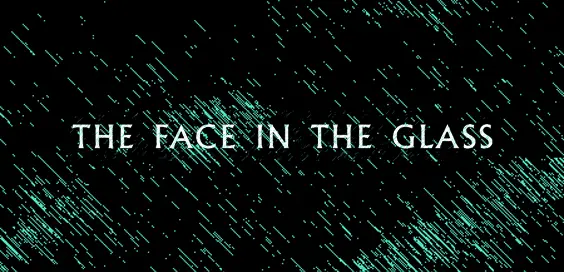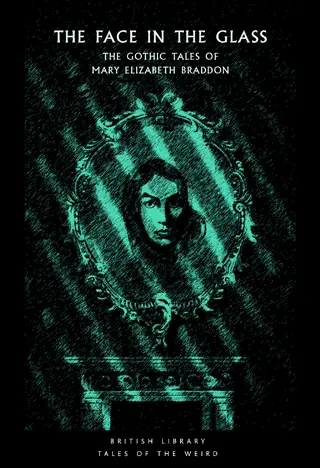The Face in the Glass: The Gothic Tales of Mary Elizabeth Braddon – Review

By David Schuster
The sheer productivity of some Victorian authors never fails to amaze me. In a society where women authors were often regarded with suspicion by publishers, Mary Elizabeth Braddon wrote eighty books, becoming the Dame Barbara Cartland (mixed with a little Jilly Cooper) of her age. She’s best remembered for these ‘sensation novels’, such as Lady Audley’s Secret, and so it’s doubly impressive to discover that she didn’t just stick with that genre, but also wrote several books of the supernatural.
Some of these are excellent, comparable to the slow, creeping horror of the masterful M.R. James. Particularly good is ‘Three Times’, with its self-fulfilling prophecy, the surprising ‘Ghost’s Name’ and the vampyric ‘Good Lady Ducayne’. ‘The Higher Life’ and ‘The Island of Old Faces’, are first-rate too, and reminiscent of the weird tales of H.P. Lovecraft, rather than standard ghost stories.
Given that her life reads like Jane Eyre, it’s no surprise that many of Braddon’s characters are strong-willed women. She had to live with scandal and notoriety herself, having fallen in love with a man who was not only married, but had five children and a wife whom he’d committed to a Dublin mental institution. This being an era when insanity was a one-way ticket; the brutality of many regimes ensuring that any form of rehabilitation was out of the question. Lota, the principle character in ‘Herself’, tells the family lawyer, “And now you know I am as fixed as Fate, that nothing you can say will unbend my iron will.” This inflexibility is ultimately her undoing, which is perhaps an insight into the author’s self-awareness.
 “Still resonate with us now”
“Still resonate with us now”
When reading novels written in an earlier era, it’s tempting to believe that human nature was fundamentally different in the past, but it wasn’t. The things that people found frightening then still resonate with us now. The cold isolation of arctic wastes in ‘My Wife’s Promise’ evoked the same shudders then, as the loneliness of the Arctic research station in John Carpenter’s The Thing. It’s also refreshing to be reminded that modern writers didn’t invent irony: “A huge towny place,” exclaimed Lota. “Gran’pa said it was not better than Brighton.” “Could anything be better than Brighton?” asks her friend, wryly.
Given all this, it’s perhaps surprising that I almost gave up reading this book after the first few chapters, and that’s because of a single fundamental flaw: The fourteen stories are presented chronologically. Everyone who has ever made a playlist of one artist’s music knows that this is never a good idea; you want the overall collection to flow like a book itself, with changes of tone, pace and subject. Novelists, like all other creative people, go through phases focusing on a subject, before mastering it and moving on. The best tales in this volume are thus all clustered in the second half of the volume, at a point where she was at her most confident and accomplished. Likewise, the least engaging are the first three, which are very similar in subject and style.
The Face in the Glass contains a lot to entertain any lover of Gothic horror. Mary Elizabeth Braddon deserves to be counted amongst the great Victorian writers of the supernatural. By all means, start with ‘The Cold Embrace’, but then skip around the book reading the tales at random. You’ll enjoy it a lot more that way.
‘The Face in the Glass: The Gothic Tales of Mary Elizabeth Braddon’ is published by The British Library, £8.99 paperback









